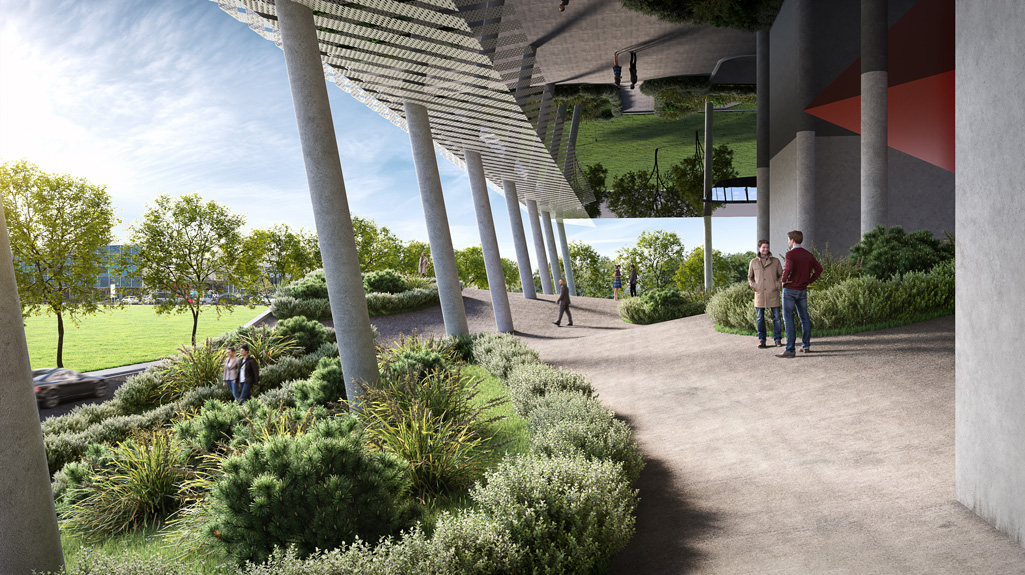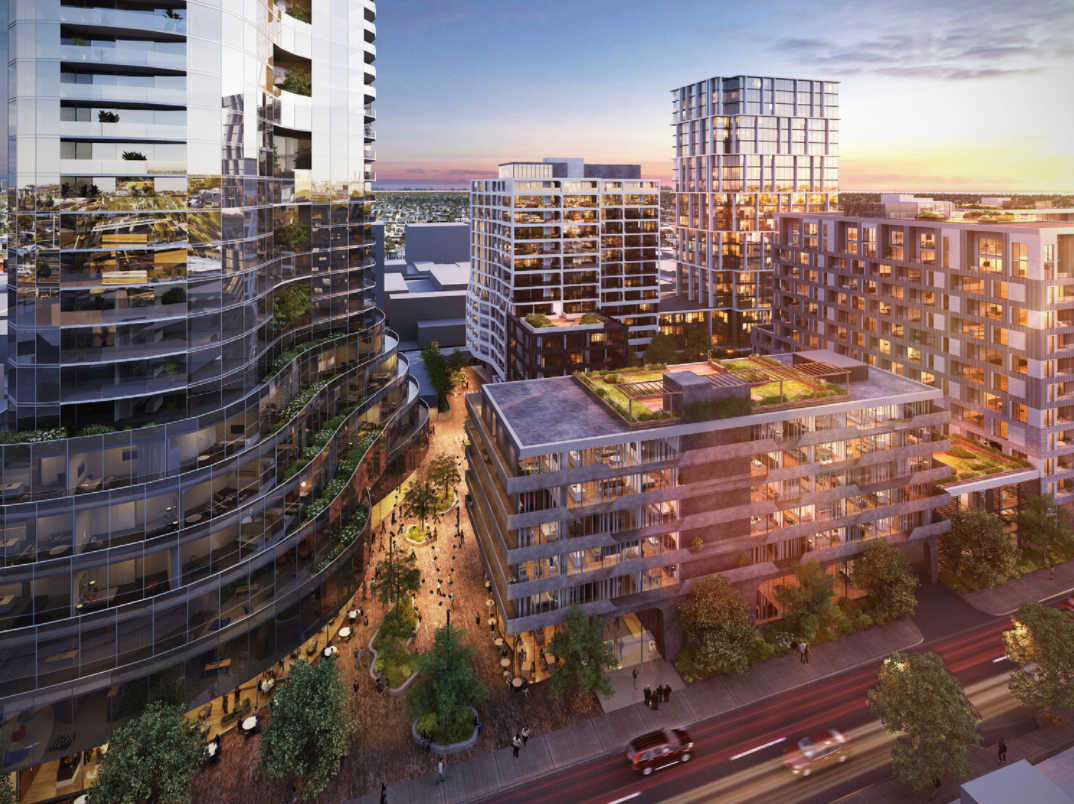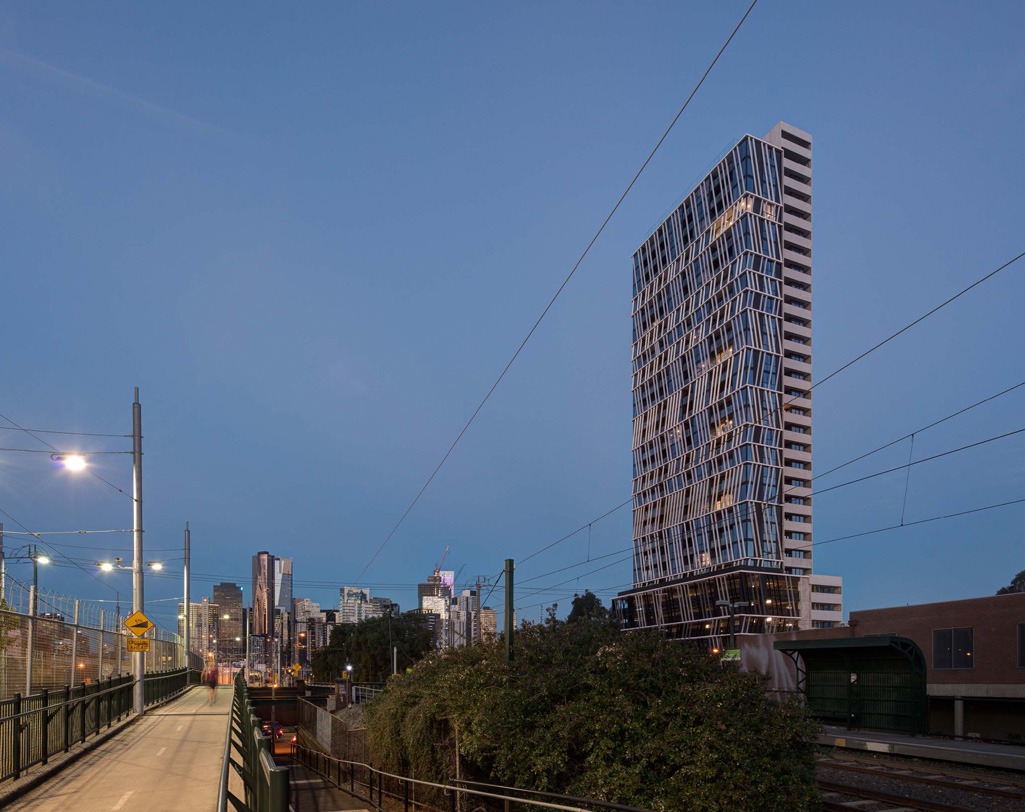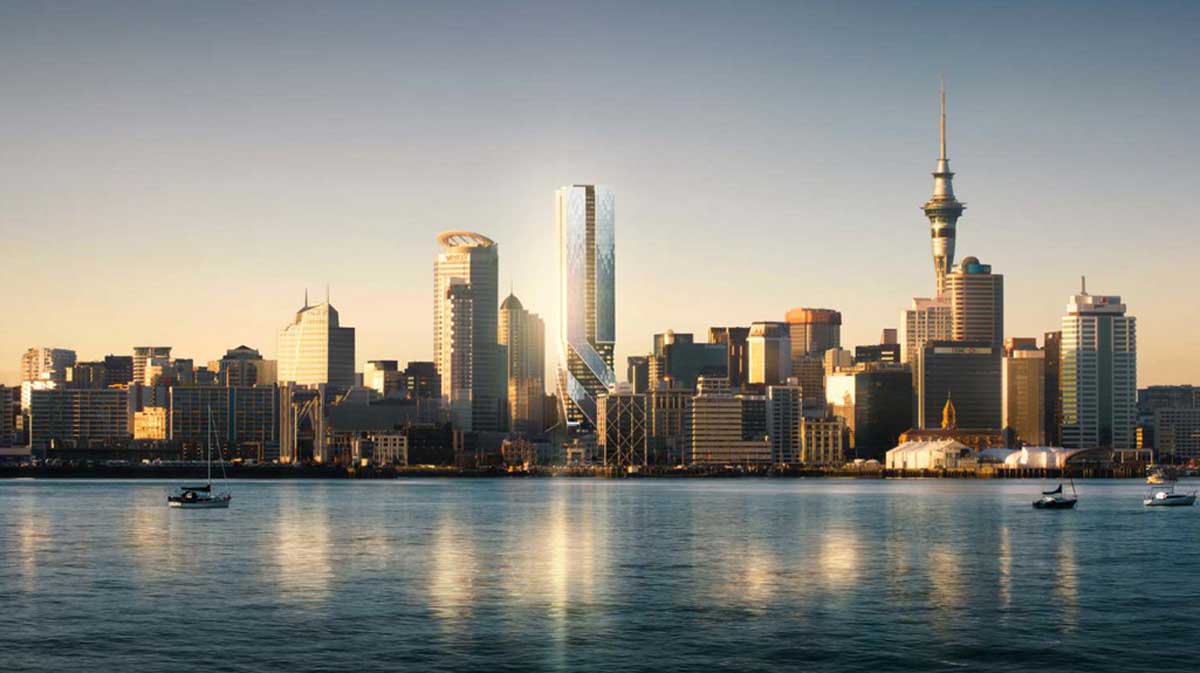With the construction industry around the world grappling with issues of massive price rises for land and materials, the residential construction sector has some future thinking to do.
How, for example, do we house the population if prices become unaffordable? How does the build-to-rent model impact our social constructs? How do we cope with massive population change and aging population changing our housing needs? How to add density without destroying heritage?
Director at Plus Architecture, Ian Briggs is acknowledged as an accomplished designer with the ability to transform ideas into inspired design outcomes that challenge convention. His master planning and design expertise has helped to define many prominent precincts and created urban markers across the cities in which they stand.
We asked Ian Briggs, about some of the challenges for residential property development in the century to come.
Plus Architecture has some stunning projects on their highlights page, including The Eminence (residential complex, Melbourne CBD), The Pacifica (Auckland’s tallest residential tower), Gravity Tower (29-level apartment building in South Melbourne), the Luminary (a high-end residential development in Melbourne) and many more.
Many of the buildings in the Plus Architecture portfolio are notable for the way they approach urban infill or redevelopments. And these types of development sit at the collision point of utopian city planning ideas, the push to make the cities more livable, the removal of the car, the resurgence of public transport all significant challenges for the urban designer.

I think something that’s really only occurring to me the last couple of years is the idea of producing buildings that aren’t so rigidly expressive of the current brief, but have a built-in ability to be flexible,” Briggs says.
“I think flexible is a fairly overused overall word, but to have the physical structure of the building, not being dictated to by, for example, an apartment spacing, but be more able to be convertible to an office building or a school or a number of things.”
Briggs talks about the design of future buildings being looser within the envelope and at the same time tighter in the way that they respond to their actual, physical environment around them.
“The building itself is a set of components, there’s a structural system that allows maximum flexibility, then there’s a skin that acts like the clothes that we wear. Depending on the time of the year, or depending on if we’re in our twenties or in our fifties, that skin that clothing of the building, adapts, and changes.
“And so, then it’s a case of how many bathrooms, how many rooms inside, all those sort of things become, to some extent, more flexible,” Briggs says.
Flexibility comes at a price however. And with the cost of materials and construction dramatically increasing, it demands that the building needs to be made more and more cheaply for it to be affordable. That’s going to challenge current thinking about building ownership, Briggs says.
“We’re at an interesting time where, in Australia the price of even just timber to construct a lightweight timber frame house has skyrocketed. We’re at a nexus of ever-rising construction prices and ever-rising land prices. I have conversations with people, whether it’s family, friends, or professionals that ask, “are we building the last homes that if you’re not a baby boomer, you will ever be able to afford?”

“And if that’s the case, then who are the people that own and make these dwellings? Whether they are single houses out in the suburbs and whether they are apartment buildings in the city, the same will eventually apply for both – the only tenable answer is, what’s been happening in Europe for the past 50 or a hundred years and the same in the U.S. to some degree you’ll have corporations that own the buildings.”
“And once you take that step, that raises a whole bunch of interesting societal and cultural questions because in New Zealand, in Australia, again, something to the less of an extent, in the U.S. and the UK, the speculative housing market, where “you build it and they will buy it” will no longer be applicable because of the rising costs.”
So that then brings into the equation, the concept of long-term rental tenure. Briggs points to Europe, where a family can commit to a 99-year lease on and apartment, able to be handed down to the next generation, so tenants have a level of permanence, even when renting. But how does that impact the building owner?
“Some of the benefits are actually that a corporation will look at the long-term payoff of a building, and then decide that it is well worth investing in highly advanced building management systems, ESP systems, and the like, whereas if it was built to sell immediately, those payoffs can’t be realized by a developer who wants to get in and out quickly.”
“There are some significant advantages, but it does come with a significant cultural shift for a lot of the Western English-speaking countries, the idea that you may not ever own your own home.”
But aren’t there risks that a significant population of renters will be at the mercy of building owners who can continue to raise rents to the maximum pain point for the tenants. Much as we’re seeing in the New Zealand housing market at the moment?
“Well, I think people go into these deals with eyes somewhat wide open. They understand that they’re moving into a community that is being curated – like a cruise liner would be on the ocean, and the whole point is to make you so happy about being in that building that you stay and you pay above and beyond what you’d normally pay elsewhere.”

Aren’t you’re talking about a retirement village, but for families?
“It has a lot of similarities, yes. It’s just the music that the neighbours play is louder, that’s all.
But what about the ongoing costs of keeping the buildings maintained or, as we’ve seen in recent decades, to be earthquake strengthened, better insulated, or other legislated upgrades.
“We have started retrofitting buildings. Unfortunately, well, at least in my experience, clients often say that it’s harder to retrofit a building than it is just to knock it over and start again – unless it’s a significant tower in a CBD – and maybe recycle a quarter or a third of the materials into the new construction.”
“But you’re right, there’s a generation of buildings all built at the same time, that will need all their lifts replaced at the same time, for example. So that’s a challenge.”
This again is where Briggs flexible model kicks in.
“As I said, you might have a basic structural system concrete slab floors and columns… But then, the building will actually lease the facade from a separate entity and they’ll pay a small amount of money or whatever to that company to have their facade. And after 15 years, that company will upgrade that facade.”
“And the same with basically almost anything within that building. It’ll be a series of special companies, – so, when it comes to upgrade the lifts, the onus is on the company renting you their lifts to do it, rather than the body corp and the residents having to fork out an enormous amount of money to do it.”
“It’s a little bit of extra money over a period of time to avoid having an enormous amount of payout later, but again, that only works when you have long-term residents within the building. If you have short term leases and nobody wants to pay that additional cost, it’ll be someone else’s problem in 25 year’s time.”
It’s a bit like the ride share version of buildings?
“Yes, absolutely. Yeah, I think it’s a fascinating direction, but again, there needs to be other change to enable that to happen – land prices, construction, and everything else.”
“And then you start getting into modular construction and all the benefits as well as problems that might bring.”
So, the future building could be flexible, modular and most probably built to rent, but what role will the building designer or architect play in that utopia? Briggs says, maybe a lot less.
“One of the things I’ve been talking about is the rise of artificial intelligence and how our industry might be impacted by it.”
“As far as I know, in general, our industry has not turned its eyes to AI as either a massive threat or a massive opportunity, but it will have a massive impact on our profession, on the actual practice, as well as, I’d say, every other profession in the world – engineers, interior designers, town planners, basically everybody.”

“In Australia, for example, Sydney has much more prescriptive planning guidelines and Melbourne used to have far looser ones. I used to say that I’d much prefer to design in Melbourne because there’s more opportunity to innovate and to think outside the box, whereas Sydney and AI and robots, they follow the rules and they follow them incredibly well.”
“AI could turn out a better apartment building in Sydney that would meet all the requirements than they could do in Melbourne. They could do a good one in Melbourne, but a good architect would always do a better one. But when you start to apply fixed rules to the way that things should be done, then you very quickly find yourself out of a job because robots are much better following rules than humans are.”
Plus Architecture will be presenting at Design Experience Series in Auckland, Hamilton, Tauranga, and Napier in August and September. For more information, see here.

